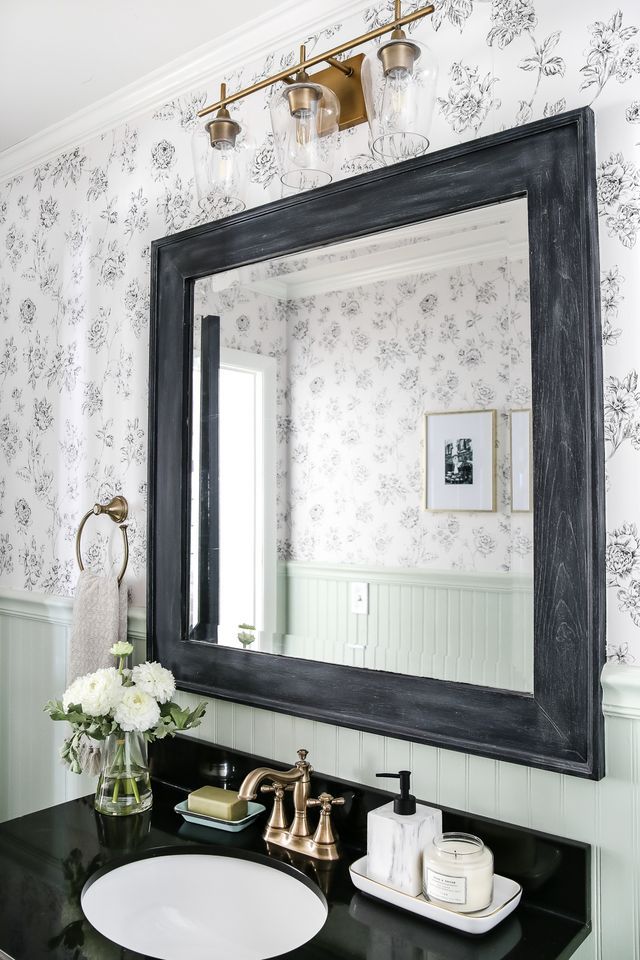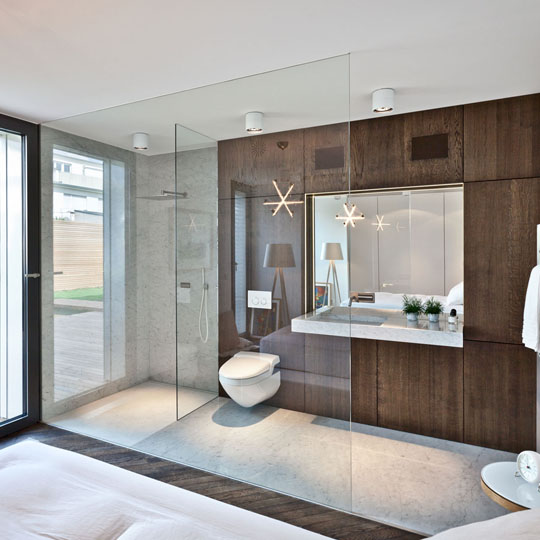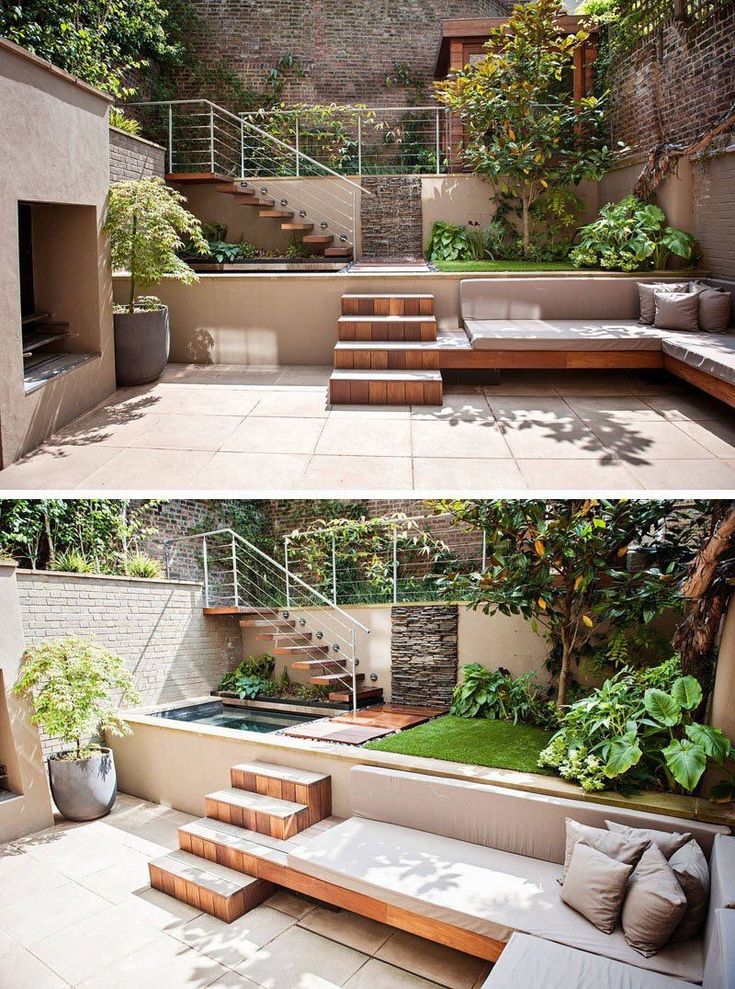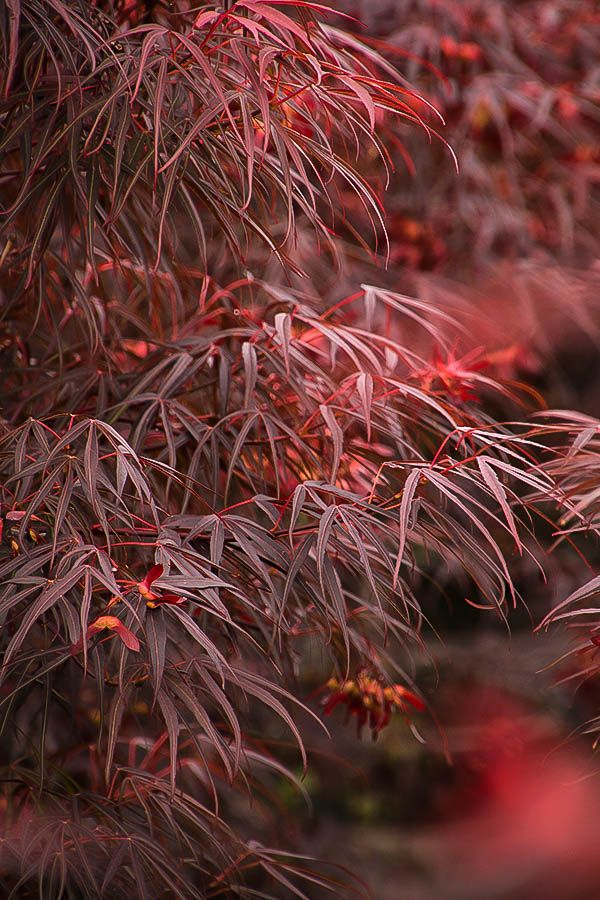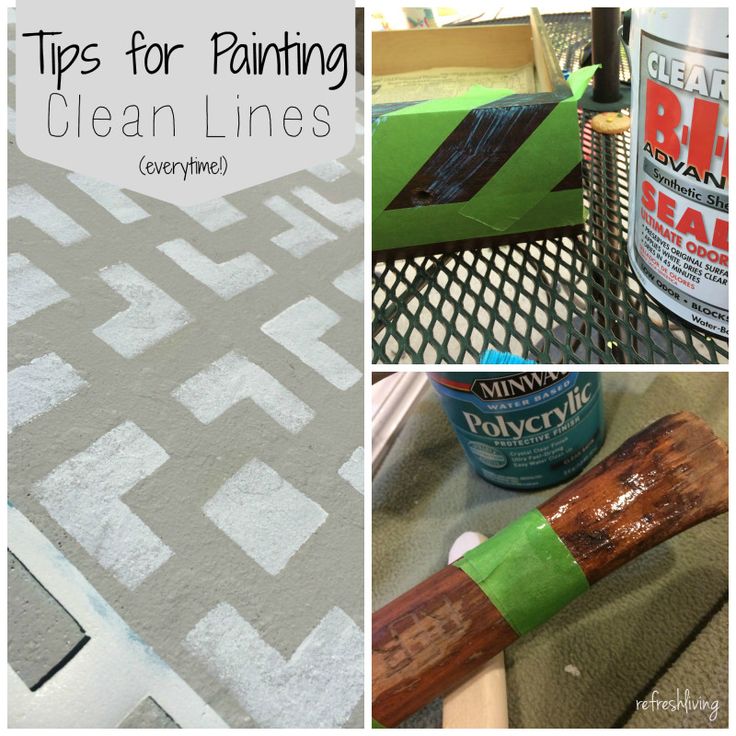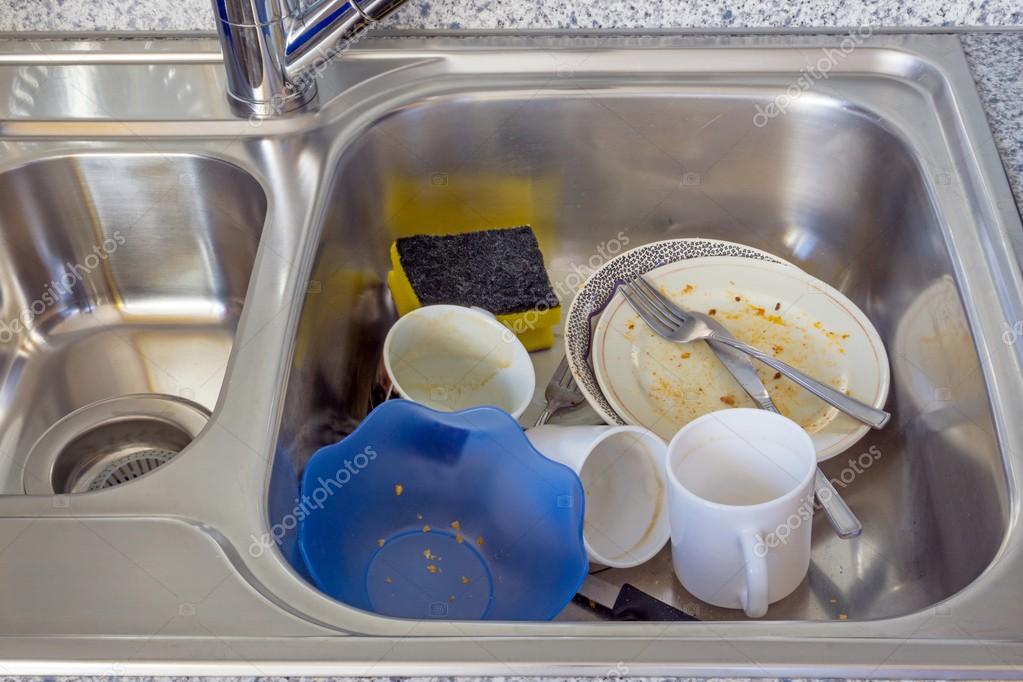Paint colours for wooden fences
5 Fence Paint Colors to Refresh Your Exterior Curb Appeal
Curb appeal refers to how people see your home when they're passing by on the street. Of course, if you have a fence in the front of your home, it can play a big part in creating your home's curb appeal. When it's time to paint your fence, there are a few things to consider when choosing a paint color.
First off, you want your fence to tie in with your landscape, so your color of choice should either highlight or blend in with the plants and flowers in your yard. You'll also want to think about what kind of overall look you're going for. If you're after something more traditional, you could match your fence to the trim on your home. Or if you would prefer a more modern look, pick a coordinating color that isn't on the home itself, but still blends in with the palette.
If you really want to make your garden the star of the show, choose a color that is different than those found in your plants. (You'll probably want to stay away from brown or green, or any colors found in your flowers. ) Darker colors can make your home and yard seem larger, since they allow the landscape to shine. Lighter colors tend to draw the eye forward, which can potentially make your yard look smaller. (However, sometimes this is what you want!)
Most people want their fence to blend in with the space instead of being the main feature, so make sure you keep this in mind when you're picking a color. It's always a good idea to test colors in patches on your fence so you can see how they'll look with your plants. Now that you know what to consider, let's take a look at some of the most popular paint colors for fences.
Image via Style at Home
Black
While a black fence might seem a bit intense, it acts more like a neutral. Black is good for a more modern feel in your yard, as it has a bit more edge than lighter tones. What makes black such a great option is that it really lets your plants and foliage stand out. The colors and textures will really pop against a black backdrop.
Image via Style at Home
Blue
A blue fence is a fun way to add a pop of color to your yard. This works well if your home is already painted neutral shades, like gray, white, beige, or softer colors. It adds some visual contrast and really helps make your home stand out.
Image via Mimi Giboin
Gray
Gray is a classic neutral that goes well with every style of home. It's a versatile color that pairs well with everything from edgy modern style fences to classic picket fences. The cool thing about gray, is that you can choose either a gray paint, or a gray stain. A stain give you some color while allowing the natural wood grain to show through, while paint will give a solid color and not show off the natural wood.
Natural wood stain
If you prefer to show off the natural look of the wood, go with a stain instead of paint. Stain comes in a variety of shades, from clear to dark brown, and a range of other colors as well. This is a great option for homes with a more rustic or natural look.
Image via Gardenista
White
White is a great option for more traditional style homes. It's the epitome of classic curb appeal-people often picture a house with a white picket fence as being the perfect image of a home. White is perfect for homes that already have white trim as an accent on their home's exterior, as it creates a cohesive look. White is ideal for gardens with bright colored flowers and plants, since it really lets the colors pop.
Fence Paint: 10 Best Color Ideas
If your faded fence is ready for a makeover, get your paint brush ready and check out these stunning paint color ideas.
1 / 10
Courtesy of @grass.to.garden
Navy
A white picket fence is the traditional choice, but don’t be afraid to go dark and bold. @grass.to.garden proves trending navy blue, for example, looks stunning on an outdoor fence. The inky color creates a grounding effect for the plants around it.
2 / 10
Courtesy of @housekidscats
Pink
More and more, pink is being used as a neutral color in home décor — it goes with everything! Bring the trend outside with a pink fence, like this one from @housekidscats. The black furniture and green plants pop against the pink backdrop for a cozy, chic look. Pink is also one of the colors known for reducing anxiety, which can only help encourage outdoor relaxation.
3 / 10
Courtesy of @colourfulsaz
Colorful Mural
Artist @colourfulsaz created this mural on her parents’ fence using blue, green and ivory. We love how it emulates Instagram or a stage backdrop, right in the backyard! A mural is a great way to make a big statement in your outdoor space without spending a lot of money. If your artistic talents are limited, try a simple design like stripes, polka dots or ombre.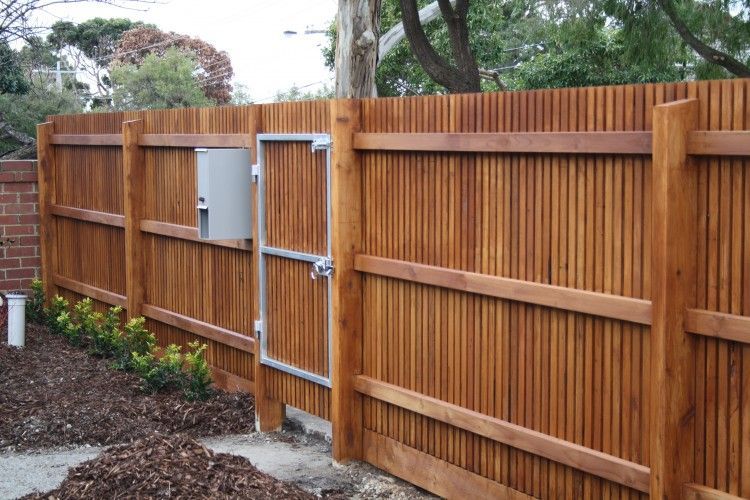
4 / 10
Courtesy of @laceandgraceinteriors
White
Painting a cinder block fence white lends a sleek, modern look, and also makes it a perfect backdrop for whatever it encloses. Case in point: This poolside oasis by @laceandgraceinteriors, where the patio furniture and greenery shine.
Photo by: @natalieryanphotoaz
5 / 10
Courtesy of @rachelhartleygardendesign
Black
This small garden designed by @rachelhartleygardendesign is anything but boring thanks to the dramatic black fence. A common interior design rule says every room should have at least a little black. Outdoors, the same rule can apply. The custom seating and all those green plants become the worthy focus, thanks to that stunning deep black background.
6 / 10
Courtesy of @prettypinkhearts1
Green
Painting your fence green may seem like too much of a good thing. But if you choose the right natural green, the fence acts almost like a hedge, becoming a backdrop that showcases your plantings in front. Take this one by @prettypinkhearts1. It acts as a visual extension of the other greenery and makes the yard seem bigger.
But if you choose the right natural green, the fence acts almost like a hedge, becoming a backdrop that showcases your plantings in front. Take this one by @prettypinkhearts1. It acts as a visual extension of the other greenery and makes the yard seem bigger.
7 / 10
Courtesy of @trish_morfitt
Rainbow
Ready to take your fence to the next level? Go rainbow! Whimsical, fun and unexpected, a rainbow fence will wow guests and give you something to smile about daily. Use bright, bold colors, as in this example by @trish_morfitt, or tone it down with a muted color palette.
8 / 10
Courtesy of @stone_still_haven
Aqua and Gray
Your fence is a great place to experiment with color, so don’t be afraid to take a risk. This two-tone fence by @stone_still_haven pairs aqua and gray to give a basic fence an uncommon, sophisticated look. Try colors you’ve been reluctant to use indoors for fear of overpowering the space. Go for it!
Try colors you’ve been reluctant to use indoors for fear of overpowering the space. Go for it!
9 / 10
Courtesy of @vomontalvan
Yellow
This sunshiny yellow fence by @vomontalvan is a real mood brightener. That’s supported by Color Psychology, which calls yellow joyous and radiant, the color of optimism. Pair it with another color for a wholly different version of cheer. Pairing it with white, for example, feels fresh and classic. And Pantone’s 2021 Color of the Year is a combo of yellow and gray.
10 / 10
Courtesy of @broskom_home
Cornflower Blue
It’s hard to go wrong when you look to nature for color inspiration. A fence painted in browns, greens or blues, for example, blends in seamlessly with its outdoor surroundings. This light cornflower blue fence by @broskom_home is the same tone as the sky on a clear summer day, and beautifully shows off the variances in the wood.
Originally Published: March 25, 2021
How and how to paint a wooden fence - about the choice of paints, varnishes and protective solutions for the fence
How and how to paint a fence. Overview of paints and varnishes for processing wooden fences.
When choosing how to paint a wooden fence, you need to take into account its characteristics - the type of construction, species and type of wood. Coatings used for painting fences protect them from moisture, make them unattractive to woodworms, prevent the formation of mold, and increase the fire resistance of the material. nine0003
How to paint a wooden fence - characteristics of protective coatings
Wooden fences are very popular among owners of private houses and summer cottages. The advantages of wooden fences are availability, environmental friendliness, aesthetics, a large selection of design options. However, with all its advantages, wooden fences have a significant drawback - a short service life. Without additional processing, the tree quickly loses its color, rots and swells. As a result, the fence is deformed and becomes unusable. nine0003
Without additional processing, the tree quickly loses its color, rots and swells. As a result, the fence is deformed and becomes unusable. nine0003
The use of protective coatings allows you to extend the life of a wooden fence for a long time, while maintaining its attractive appearance. There are several types of protective agents and paints that can be used to paint a wooden fence.
Antiseptics
Antiseptic impregnations protect wood from woodworms and molds. Such compositions are of two types - glazing and covering. The first type of products are transparent, which allows you to emphasize and preserve the natural texture of the tree. Covering antiseptics tint the base and completely change its color. nine0003
There are combined products, which include antiseptics and fire retardants. Fire bioprotection provides protection of wood from insects and atmospheric factors, increases resistance to fire.
Varnishes
According to their composition they are acrylic, urethane, polyurethane, nitrocellulose, alkyd, dispersion.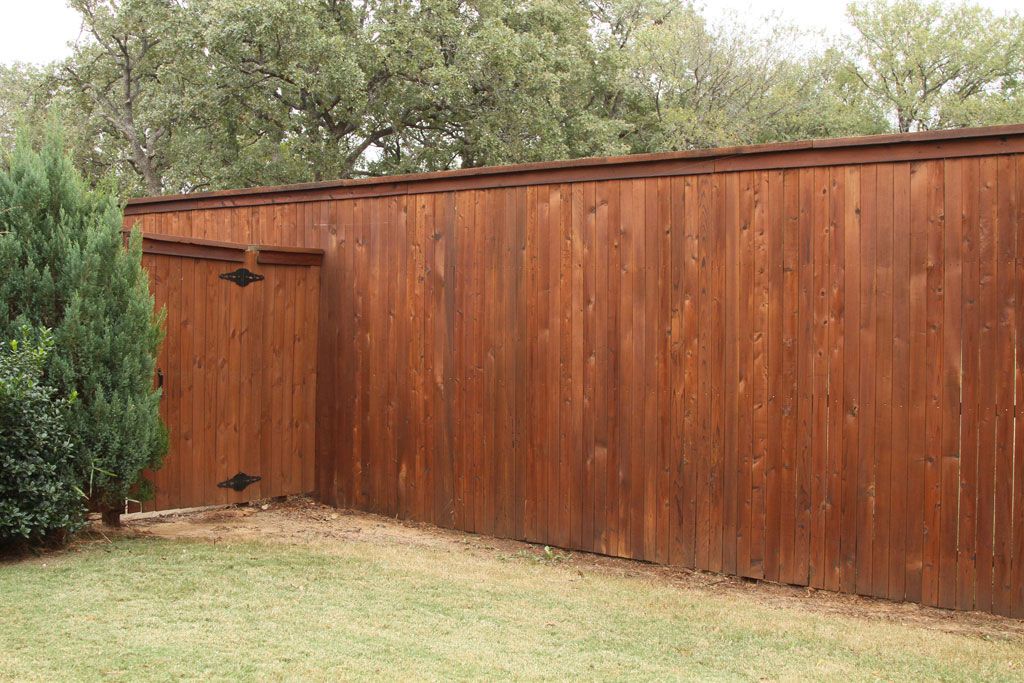 Processing wooden fences with varnish emphasizes the texture and relief of wood, gives a beautiful gloss, protects against moisture. nine0003
Processing wooden fences with varnish emphasizes the texture and relief of wood, gives a beautiful gloss, protects against moisture. nine0003
The most environmentally friendly and safe are water-based products. They do not have a strong odor, so when processing the fence, you can not use a respirator. However, such a coating is susceptible to temperature changes and may crack after the first season. Nitro-varnishes, unlike water-soluble varnishes, give a strong, durable coating that is resistant to atmospheric factors. But such compounds are more expensive and when using them, it is necessary to use protective equipment.
nine0012 Red leadRed lead is a dry lime pigment used as a dye. Another property of the solution, which contains iron minium, is an increase in the service life of the processed material. Minium can be purchased both in liquid and dry form. They can process the spans and paint the iron supports for the fence.
Drying oil (oil)
Compositions based on vegetable oil are used as protective coatings and impregnations. Drying oil creates a film on the treated surface, which protects it from moisture and UV exposure. This processing method is one of the cheapest and most effective for protecting wood from external factors. Oil drying oils are environmentally friendly materials, they do not have a "chemical" smell and do not emit harmful compounds. nine0003
Drying oil creates a film on the treated surface, which protects it from moisture and UV exposure. This processing method is one of the cheapest and most effective for protecting wood from external factors. Oil drying oils are environmentally friendly materials, they do not have a "chemical" smell and do not emit harmful compounds. nine0003
However, such a coating requires regular renewal, therefore, in construction, drying oils are most often used as preliminary coatings for subsequent painting.
Impregnations
Protective products of this type increase the service life of wooden structures. Impregnations made on the basis of natural oils penetrate the structure of wood, tint it and give a beautiful shade, protect it from decay. Such compositions are characterized by good hiding power - one liter is enough for processing 9-10 sq.m. Depending on the brand of impregnation-paint, re-treatment is carried out after 8-15 years.
Paint
Several types of paint and varnish materials are used to paint a wooden fence.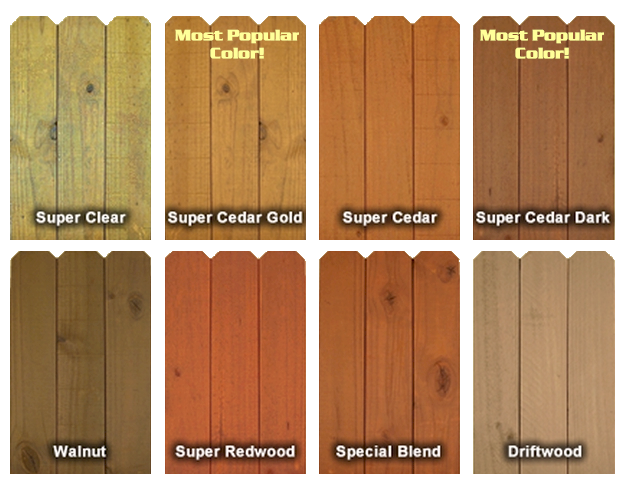 The most common:
The most common:
- Acrylic. It is a non-toxic, pigmented, water-soluble formulation. The coating does not fade in direct sunlight, has moisture resistance, resistance to seasonal temperature changes. Service life 5-7 years.
- Oil. Among the advantages of paints of this type can be distinguished affordable cost, good protective properties. The tree covered with oil paint is not afraid of precipitation and UV radiation, does not rot. Cons - the compositions have a specific smell, dry for a long time, the coating fades in the sun, gradually losing its color. The service life is 8-10 years. nine0044
- Alkyd. Enamels are very popular due to the rich selection of colors and shades. However, this is where the advantages of alkyd paints end. Due to the fact that the paint quickly fades and cracks from water and temperature changes, such a coating needs to be updated regularly. The average service life is 1-3 years.
Lime
Limestone - chalk is used for the preparation of water-soluble compositions.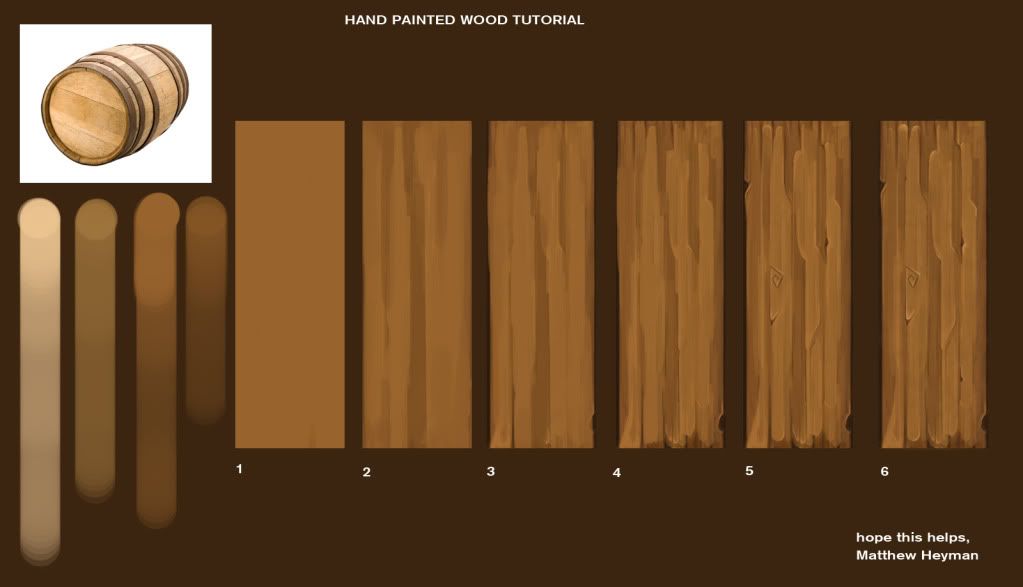 Ready-made lime has the consistency of sour cream. The advantages of lime are an inexpensive, non-toxic composition with good protective properties. Cons - the coating is short-lived, as it is washed out by rain over time. Re-treatment of the fence will be required after 6-8 months. nine0003
Ready-made lime has the consistency of sour cream. The advantages of lime are an inexpensive, non-toxic composition with good protective properties. Cons - the coating is short-lived, as it is washed out by rain over time. Re-treatment of the fence will be required after 6-8 months. nine0003
How to paint a fence
The method of applying a protective coating depends on its type and consistency, construction and total area of the fence.
Manual
This method is used for small areas. As a tool use:
- Brush. A large selection of brush sizes allows you to choose a tool for processing hard-to-reach areas. Most often, brushes are used to paint a wooden picket fence, sections with carvings and openwork inserts, they are used to process decorative elements and overlays. nine0044
- Roller. This inventory is used for painting large flat areas. Using a roller allows you to ensure uniform application of paint. However, it is impossible to paint over individual hard-to-reach areas with a roller, so a brush is additionally used.
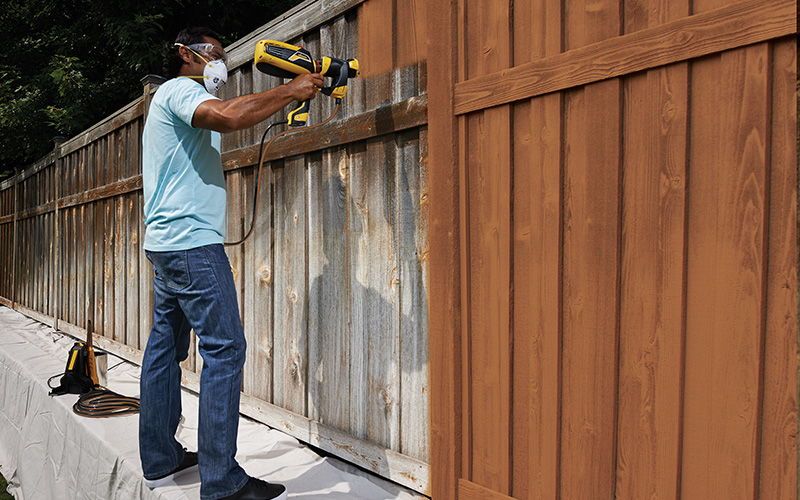
Mechanized
An airbrush or spray gun is used to paint solid, even railings. The advantages of the mechanized method are the economical consumption of paintwork materials, the painting time is significantly reduced. The only drawback is that you need to purchase a compressor. nine0003
How and with what to process a wooden fence
Work is best done in clear, calm weather. The best time is in the morning when it is not very hot outside. At high temperatures, the paint dries too quickly, not having time to create a protective film on the surface.
Selection of materials and tools
To manually paint a country fence, you need to prepare a set of tools and accessories - sandpaper of different grits, a wire brush to remove the old coating, a spatula, wood putty, two brushes (one wide, the other narrow), primer, paint , wide roller, respirator gloves. nine0003
Preparation
Remove all irregularities from the surface with a brush and sand with sandpaper. Chips and cracks are dedusted, covered with a primer, covered with putty. After it dries, the surface is re-sanded.
Chips and cracks are dedusted, covered with a primer, covered with putty. After it dries, the surface is re-sanded.
Fence painting
If you are installing a new fence with wooden supports, it is recommended to cover their underground part with paint, which contains bitumen. This coating provides good waterproofing and increases the life of wooden poles. nine0003
The spans are best painted when the fence has not yet been assembled. They are placed on a flat horizontal surface and painted in two layers. This method avoids streaks and overspending of paint.
Important! The brush or roller should go in one direction, from top to bottom.
The surface must be painted or varnished again only after the first coat has completely dried.
Paint color options Tikurilla
Lulikki
2661
Pellervo
2662
Kullervo
2663
Jovkahainen
2664
Sampo
2665
Aino
2666
nine0092 Locke
2667
Ilmarinen
2668
Tapiola
2669
Lovhi
2670
Annikki
2671
Mielikki
2672
Nyurikki
2673
Archippa
2674
Thiers
2675
Karjala
2676
Hiisi
2677
Suvetar
2678
Metsola
2679
Vipunen
2680
Untamo
2681
Kalevatar
2682
Vuoksa
2683
Pohjela
2684
Ahti
2685 nine0003
Tulikki
2686
Kutar
2687
Sariola
2688
Väinämöinen
2689
Ukko
2690
Is it possible to paint a wooden fence in winter? The composition for applying the first layer must be kneaded on the street, for the second - indoors.
 This technique ensures good adhesion of the coating to the surface. nine0003
This technique ensures good adhesion of the coating to the surface. nine0003 How to paint an old fence
Painting a fence that has already been installed and has been in use for a long time is done in the same way. The only difference is more thorough preparation. Cracked paint is cleaned with a wire brush, dried spots are wiped with a rag with a solvent. Rotting and insect-damaged boards are replaced with new ones. Cracks are primed and puttied. After that, start painting.
Wooden fence paint: advantages and range of Osmo
Holzschutz Öl-Lasur
Protective oil-azure for wood
Price:
Colour:
- 700 Pine
- 702 Larch
- 703 Mahogany
- 704 Chestnut
- 706 Oak
- 707 Walnut
- 708 Teak
- 710 Pinia
- 712 Wenge
- 727 Rosewood
- 728 Cedar
- 729 Dark green
- 731 Oregon Pine
- 732 Light oak
- 900 White (not suitable for terraces)
- 903 Basalt gray
- 701 Clear* matt, no UV protection
- 905 Patina
- 906 Pearl Gray
- 907 Quartz gray
- 1150 American Walnut
Packing:
- 0.
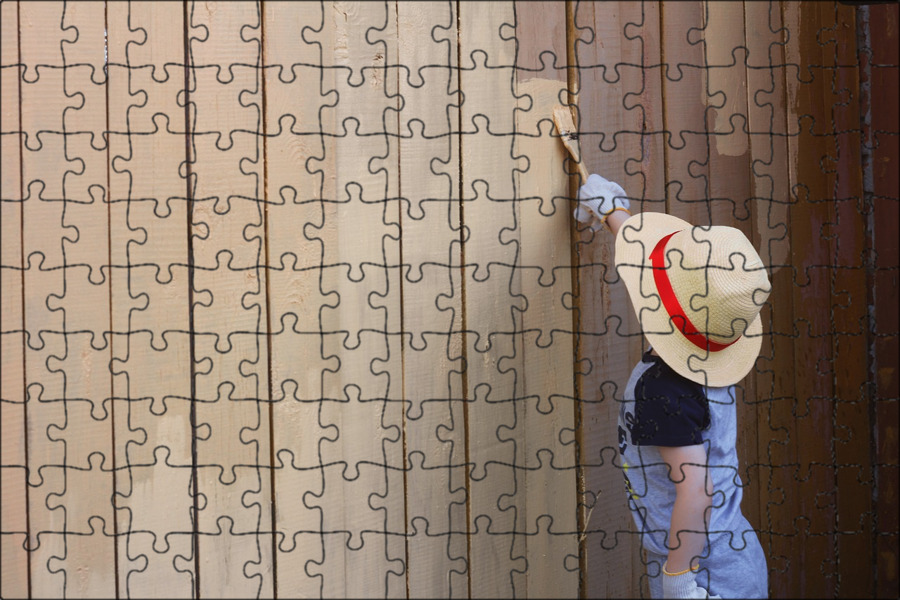 005 nine0364 0.125
005 nine0364 0.125 - 0.75
- 2.5
- 3.0
- 25.0
Holzschutz Öl-Lasur Effect
Protective oil glaze for wood with silver effect
Price:
Colour:
- 1140 Silver agate
- 1142 Silver graphite
- 1143 Onyx silver
Packing:
- 0.005
- 0.125
- 0.75
- 2.5
Einmal-Lasur HS Plus
Single layer azure nine0003
Price:
Colour:
- 9211 White spruce
- 9212 Poplar Silver
- 9221 Pine
- 9222 Natural spruce*
- 9232 Mahogany
- 9233 Hemlock*
- 9234 Scandinavian red nine0464 9235 Red cedar
- 9236 Larch
- 9241 Oak
- 9242 Spruce green
- 9252 Patina
- 9261 Walnut
- 9262 Teak
- 9264 Rosewood
- 9271 Wenge nine0049
- 0.
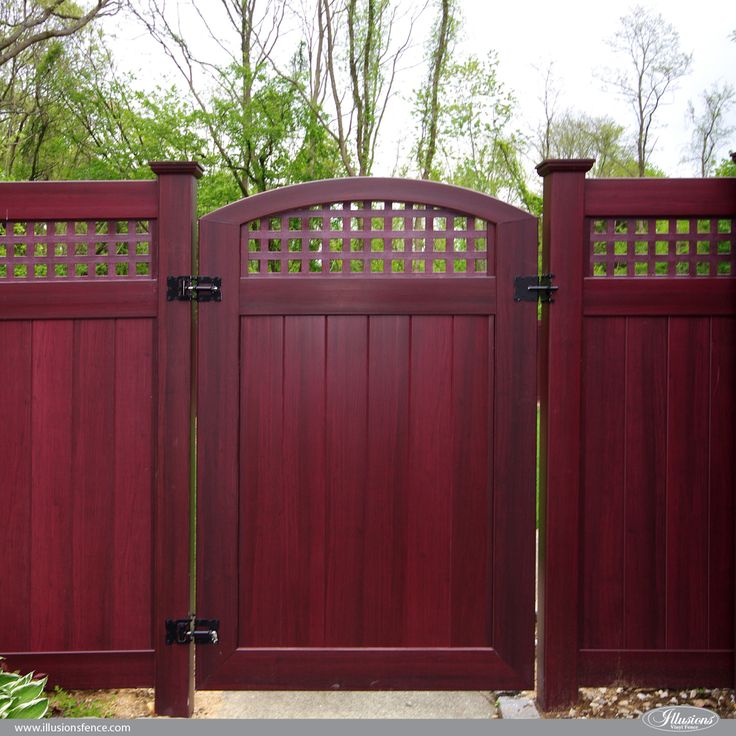
Packing:
